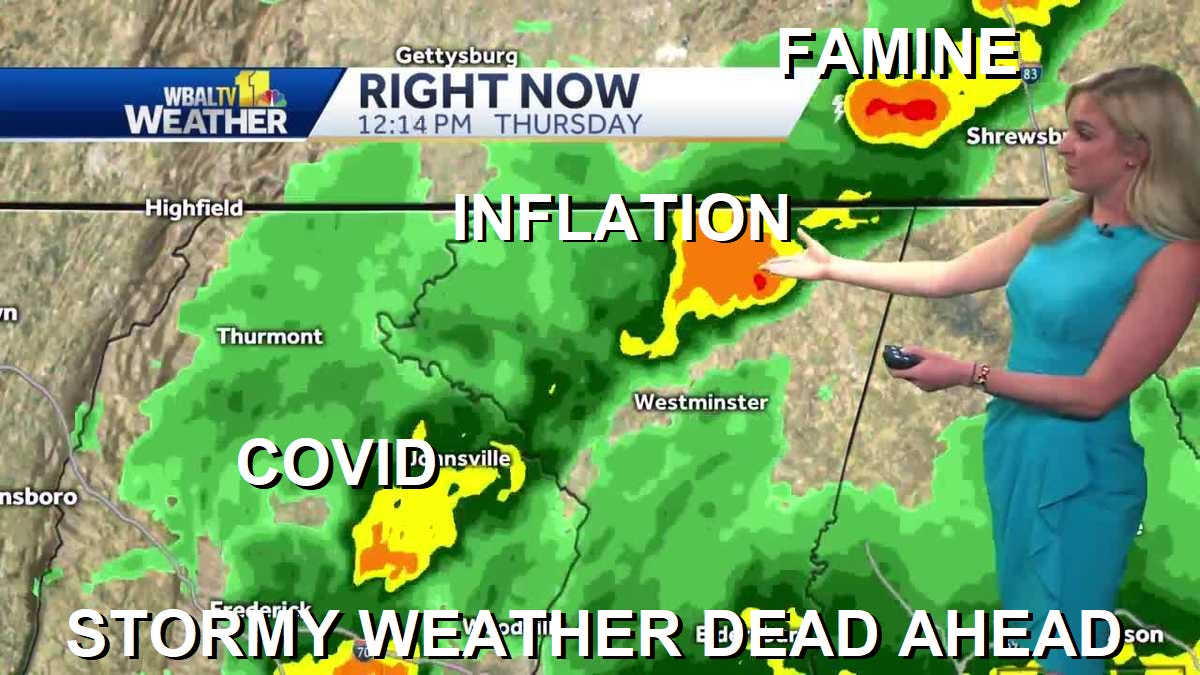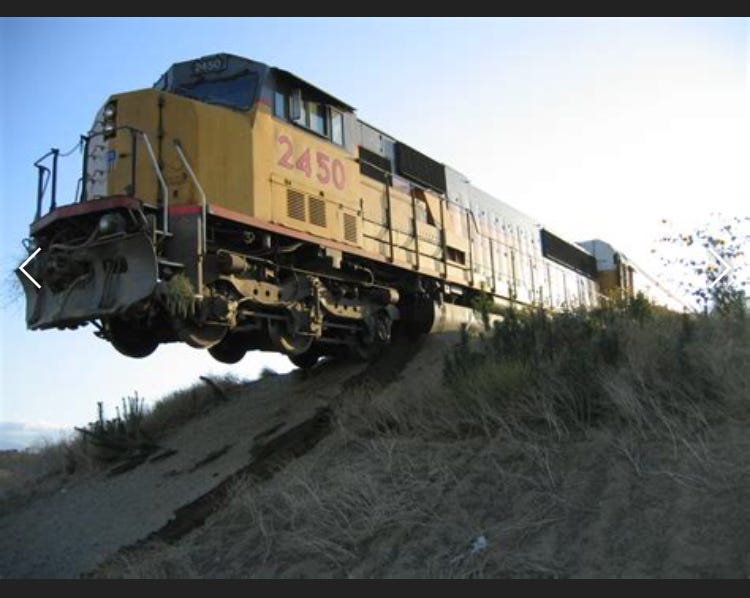The Fed posted the latest data on personal income and outlays this morning. The Fed’s favorite inflation indicator, the PCE excluding food and energy, showed a 5.2% year-over-year increase.
This is brutal. Inflation is well higher than what the above graph shows. This is because the data set has been manipulated over time. Substitutions and product changes have been worked in to understate inflation over time. The Bureau of Economic Analysis (who puts together the PCE data), substitute different goods for others over time. New cars are much more sophisticated than cars from the 60s or 70s, so they apply a discount to how the new cars are reflected in the index. As consumers buy more ground beef and less steak, this is also adjusted in the index. To see PCE inflation at the current level means this is a powerful storm that is pounding the average consumer every time they go to buy something.
What is even more revealing in today’s data set is real disposable personal income.
This data set has never been this low before. This shows me that wages are not keeping up with the current inflation. Consumers have 20% less income to spend on non-essential goods than they did this time last year. With the way food, energy, and rent prices have been going, this should be no surprise. Consumers are being forced to limit their budgets as they attempt to live more modestly. This will truly ‘seal the deal’ for the next recession to take place. Which looks like it is coming sooner than most realize.
Yesterday saw the release of the GDP figures. In terms of real (that is adjusted for inflation), GDP shrunk 1.4% quarter-over-quarter. This was well below the market forecasts of 1.1%. It was primarily due to the record trade deficit and a decline in inventory investment. Exports dropped 5.9% while imports were up 17.7%. There was also a slowing in private domestic investment growth and government spending. Consumer spending was still strong in this report but I don’t believe it will be able to last much longer.
Something to keep in mind, it takes two consecutive quarters of negative GDP growth for the economy to be declared “in recession”. In the economic history of the US, having a one-off negative GDP figure is not unheard of. This was not uncommon to see between 2008-2019. However, with the way the inflation has eaten away at the savings and disposable income of consumers, it is hard for me to see how this will be a one-off. I believe when the National Bureau of Economic Research (NBER) looks back at the data, they will determine that we are in a recession right now.
This will cement the fate of the Fed. Their true colors will be exposed for the financial world to see. Will they continue to raise interest rates, which will choke out the economy but bring inflation in check, or will they reduce interest rates and flood the economy with money in an attempt to paper over the recession? This will be their moment of truth. My guy feeling is that they will cave. The Keynesian playbook doesn’t have a definition for stagflation. They will think that since we’re in a recession, inflation will quickly abate because demand has dried up and that the Fed will need to act to keep unemployment low. This inflation though, isn’t from the demand side, its from the supply side. Supply costs have risen due to the reckless money printing of the Fed. If they were to reduce interest rates and resume QE, inflation will really take off. Your average ‘Joe’ is already believing that inflation will continue to be high.
This is the latest data from the Michigan Inflation Expectation index. It shows that people are expecting inflation at 5.4% at this time next year. This leads me to wonder, how long until people start to buy goods in anticipation of higher prices. That’s when things will really go off the tracks.









